Ted and Alan Storey — Guardians of Goodison Park's Pitch
For four decades, the responsibility for keeping the famous Goodison Park playing surface in top-top condition lay with the Storey family
In an era before pitches which benefitted from blended natural/synthetic surfaces and other technological advances, the responsibility for keeping the famous Goodison Park playing surface in tip-top condition lay with the Storey family.
Ulverston-born Edwin ‘Ted’ Storey moved to Liverpool in childhood. By 1901, aged 13, he was living with his widowed mother and siblings at 78 Windermere Street, not far from Anfield. On leaving school at 14 years of age, in April 1902, he joined the staff at Goodison Park. Originally assigned office administration duties, he switched to the club’s ground staff. Upon the death of Joe Smith, he was promoted to head groundsman in 1940.
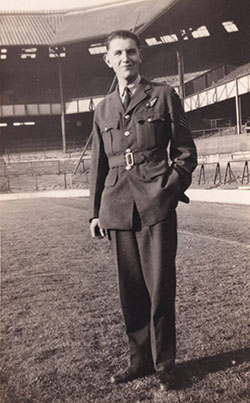
Alan Storey in RAF uniform at Goodison
During his employment by Everton, this serious man lived at 4 Gwladys Street, 75 Goodison Road and 11 Goodison Avenue. The Second World War necessitated him being on a roster of club employees (alongside Theo Kelly, Bill Borthwick and Gordon Watson) tasked with looking out for incendiary bombs dropping on the stadium. Like all groundsmen of that era, he frequently battled the elements and wear and tear caused by regular fixtures (first team and reserves), to keep the pitch in the best possible condition. Ted also had oversight of Bellefield, which became frequently used for training, in addition to Goodison, after the end of the Second World War.
His dedication to the cause was acknowledged in January 1954 when the directors held a dinner in his honour at the Exchange Hotel. “A more loyal and faithful servant no club ever had” was how club chairman Ernest Green described Ted. He was duly awarded a bonus of £500, free of tax, as a mark of gratitude.
When Ted hung up his groundsman’s coat for the final time in the summer of 1960, he had a ready-made replacement. This was his son, Alan. Born in 1923, Alan had aspirations to work in accountancy but his career in the world of book-keeping was soon interrupted by the Second World War and, in 1943 he enlisted with Bomber Command of the RAF. His training was carried out in Canada, sailing there on board the Queen Mary, which had the speed to outrun most U-boats. The ship also carried some German POWs. Training out of Picton, Ontario, he lodged with the Frewing family. It was an eye-opening experience for a young man who had never travelled abroad previously – the scale of the country and the food portions stunned him.
Back home, he would serve as a bomb aimer on Avro Lancasters in 106 Squadron, based in East Anglia. Even though the Luftwaffe was greatly diminished during the final two years of the war, missions that he flew were fraught with danger. Ground-to-air fire, intercepting German fighter planes, adverse weather and mechanical issues doomed many an airman to an early grave. On the return leg of their flights, the monotonous Fenland landscape made navigation back to the correct airstrip difficult.
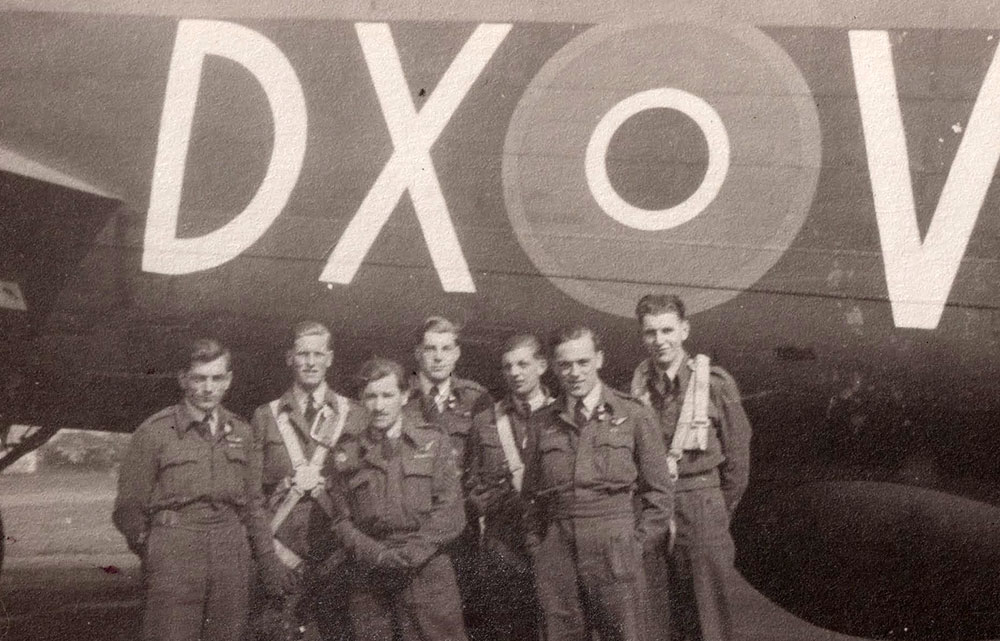
The Lancaster crew (Alan on right)
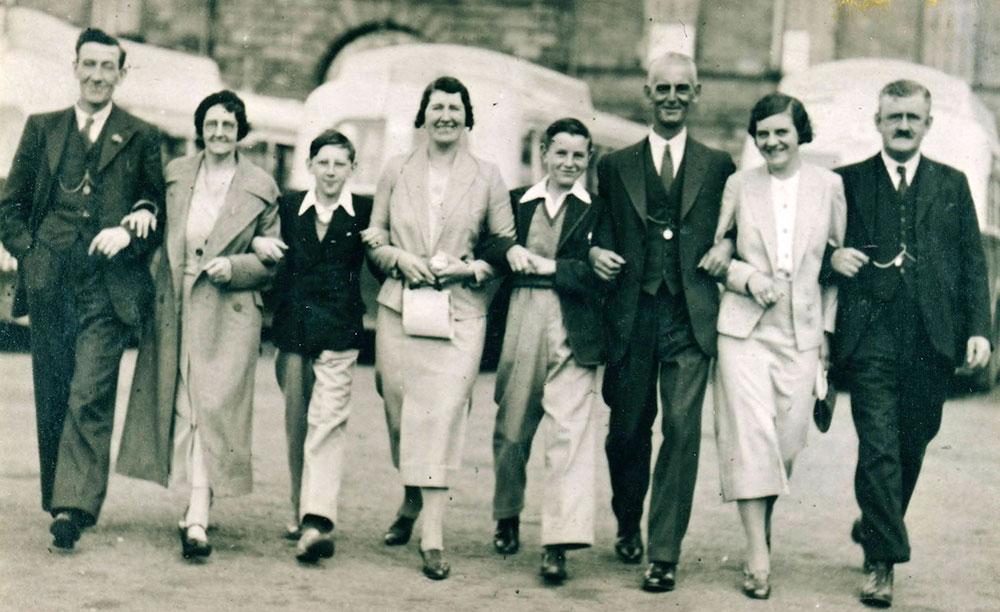
The Storey family (Ted third from the right)
The squadron participated in shuttle bombing raids on Friedrichshafen and La Spezia (Operation Bellicose), an attack on the V-2 rocket research facility at Peenemünde and a 1,900-mile round trip to bomb the German Baltic Fleet at Gdynia. In the final months of the war in Europe, it helped to neutralize defences at Wesel, on the Rhine and carried out his final operations by bombing an oil refinery in Norway and laying mines in the Oslofjord.
After the war, Alan saw out his military service in Malta. The squadron was used to fly POWs and troops home, principally from Italian bases. Photos retained by Alan’s family show airmen and ground crews conducting a mock funeral at RAF Metheringham in February 1946, to mark the squadron being disestablished.
Other photos taken around this time show Alan in his RAF uniform inside Goodison Park – clearly, a perk of having the stadium’s groundsman as a father. After the intense life experiences and jeopardy experienced on active service, Alan had little appetite to continue with the accountancy firm he was attached to. So, when Everton’s secretary-manager Theo Kelly offered him an office role with his beloved Blues in January 1947, he leapt at the chance. Like his father before him, in time he moved over to the ground staff where he received Ted’s expert tutelage.
Appointed as head groundsman in June 1960, Storey Junior was awarded a salary of £12 per week, rising to £13 after 12 months if his work was deemed to be ‘satisfactory’. Ted would continue to come to watch the Toffees (and maybe inspect his son’s work) until not long before his death at the age of 81 in 1969.
The role of head groundsman could be extremely stressful. Bitterly cold winters and a heavy fixture schedule could wreak havoc with the playing surface. The club’s first experiment with undersoil heating had taken place two years before Ted’s retirement, but Alan inherited the ‘teething’ issues The resultant drainage problems were reputed to have turned his dark hair turn grey in no time at all.
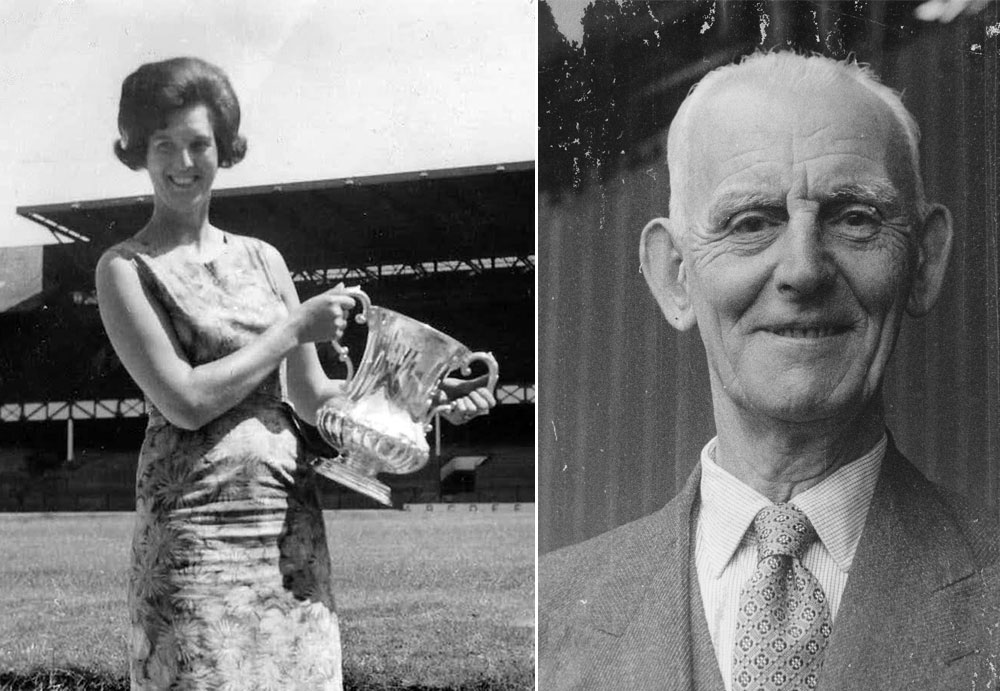
Left: Tina Storey with the FA Cup in 1966; Right: Ted in the 1960s
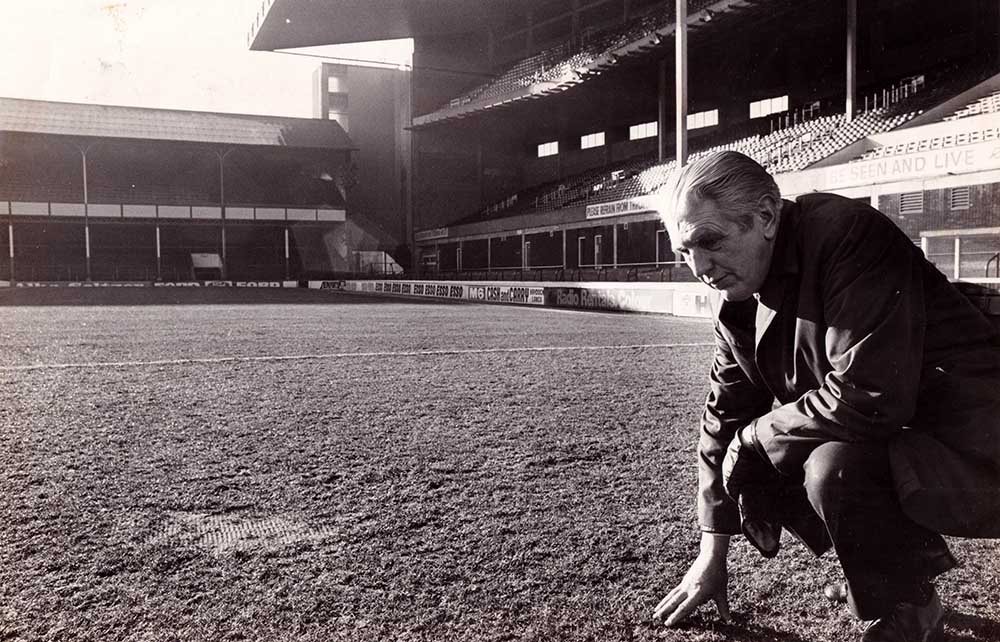
Checking the pitch in the 1970s
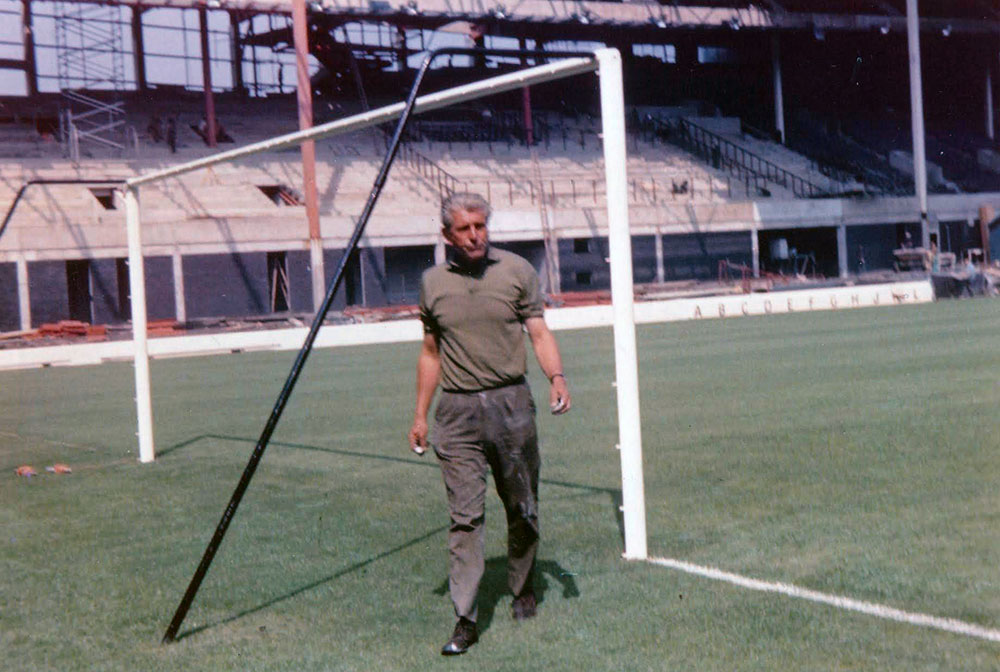
At Goodison Park in 1970
He would have a long-standing working relationship with Dougie Rose, who was responsible for Bellefield (under Ted’s ultimate control) but also assisted at Goodison Park when required, alongside Jack Gibson. Alan had a wide-ranging oversight of the stadium on matchdays. He liaised with the police match commander and managed the stewards and gatemen, overseeing the counting and auditing of the cash takings through the turnstiles. The counting room was located on the corner of Gwladys Street and Bullens Road. Ensconced there for much of the match, Alan had precious little time to take in the action on the pitch that he was, ultimately, responsible for.
Alan had married Tina Jones, the couple living on Goodison Avenue before relocating to Jubilee Drive in Netherton. In retirement they lived at Dartmouth Avenue, Old Roan. There, he had little appetite for doing anything in the garden beyond mowing the lawn.
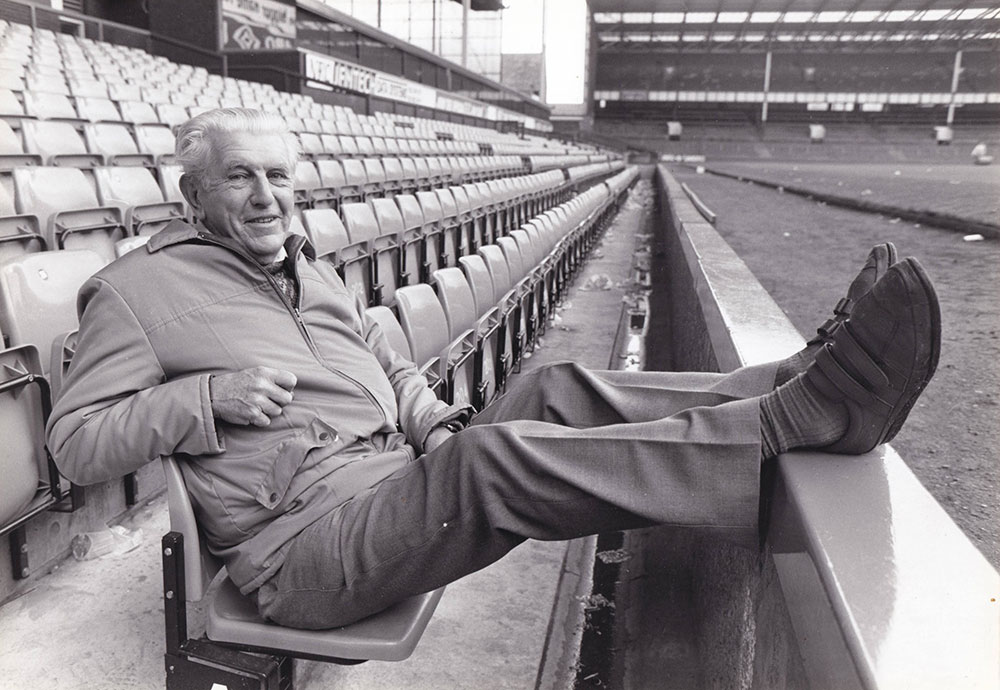
Alan putting his feet up in 1988
Alan’s loyalty and skill were recognised on several occasions by the club and supporters. The Everton Supporters Club presented him with a bronze plaque to mark the League Championship win of 1970. Two years later, the club’s directors gave him a Rotary watch to mark 25 years of service. In 1985, he received another watch (Seiko, this time) from the Canon League to recognise 45 years of continuous tending of Goodison’s precious pitch by the same family.
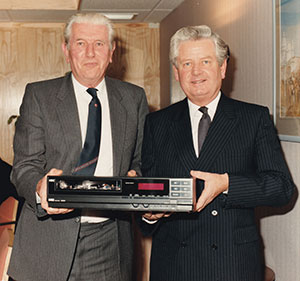
Retirement gift presented by Philip Carter in 1988
As he hit 65, it was time for Alan to bow out. The final match he was responsible for was the Toffees fixture against Luton Town on 24 September 1988. 41 years of dedication to the Blues was celebrated two days later with a celebratory dinner in the Sponsors Lounge at Goodison Park. Chairman Philip Carter presented him with a VHS video recorder (NEC, naturally) as a retirement gift. Dougie Rose succeeded Alan as head groundsman of the iconic stadium (although he continued to live in club lodgings at Bellefield). Bob Lennon took over Rose’s duties at the training ground (and now looks after Goodison). Alan could not be parted from Goodison Park, totally, and on matchdays he would continue with the task of collating the gate receipts in the counting house. This was a role he carried out to his customary high standard until just two years before his passing, in July 2000.
Alan Storey was universally held to be a good friend to have, an excellent groundsman and a Blue, through and through. Along with his father, he was very much a part of the fabric of the club and the grand old stadium that we will shortly be taking our final leave of.
My sincere thanks to Rob Jones, Ken Jones and Ian Clayton for their help with this article and sourcing of images.
Reader Comments (5)
Note: the following content is not moderated or vetted by the site owners at the time of submission. Comments are the responsibility of the poster. Disclaimer ()
2 Posted 04/09/2024 at 08:05:24
No pitch — no game.
3 Posted 04/09/2024 at 08:54:17
It was a very interesting insight into the life of dedicated club employees that are oft overlooked. Thank you.
4 Posted 04/09/2024 at 09:06:10
5 Posted 05/09/2024 at 14:13:18
Add Your Comments
In order to post a comment, you need to be logged in as a registered user of the site.
Or Sign up as a ToffeeWeb Member — it's free, takes just a few minutes and will allow you to post your comments on articles and Talking Points submissions across the site.
How to get rid of these ads and support TW








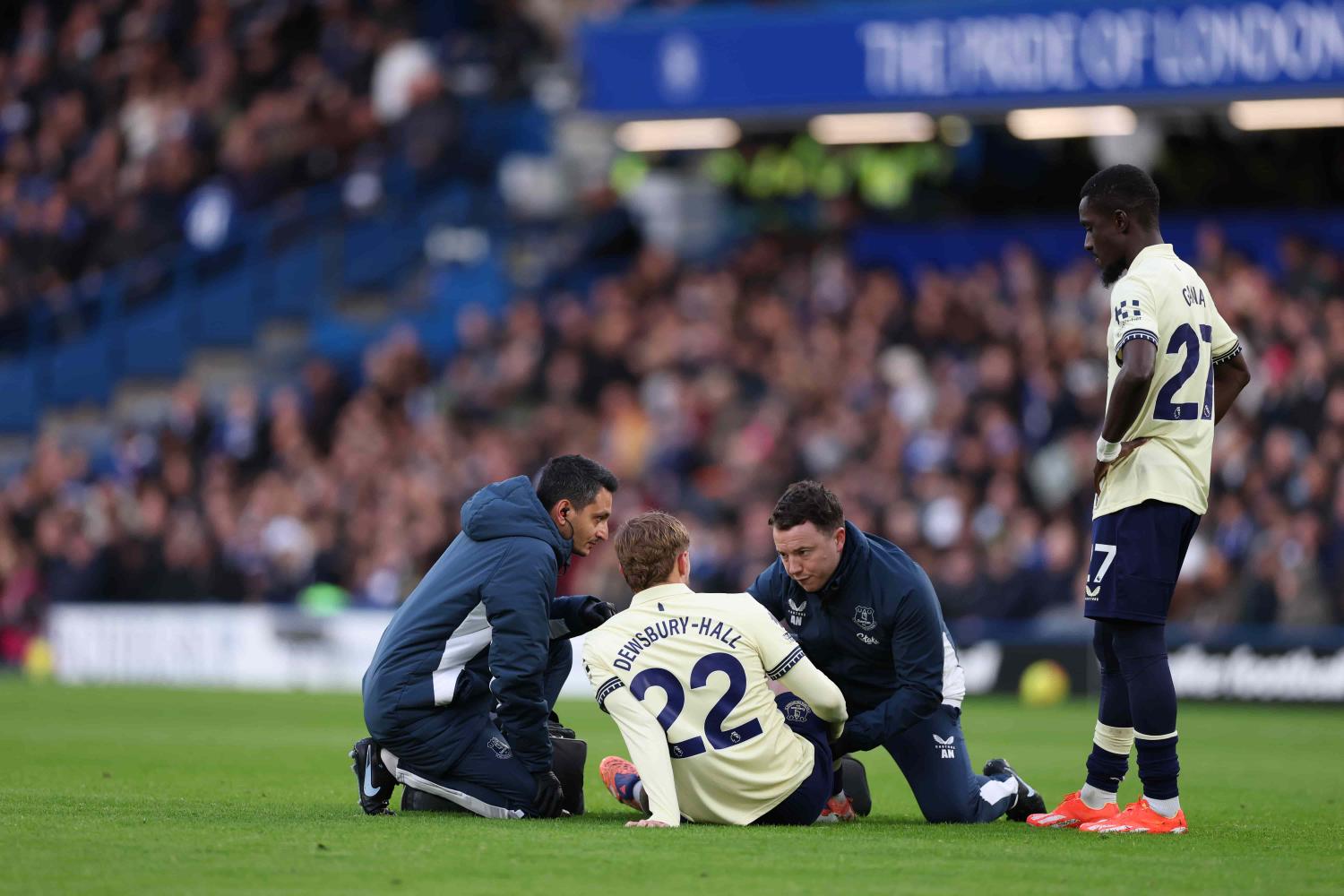



1 Posted 04/09/2024 at 07:19:43
We have many firsts. Undersoil heating was one of them.
I always remember that the Goodison pitch back in the 80s was widely regarded as one of the best, if not the best in the country. Old Trafford was awful.
Thank you, Rob, these articles are always fascinating and enjoyable.